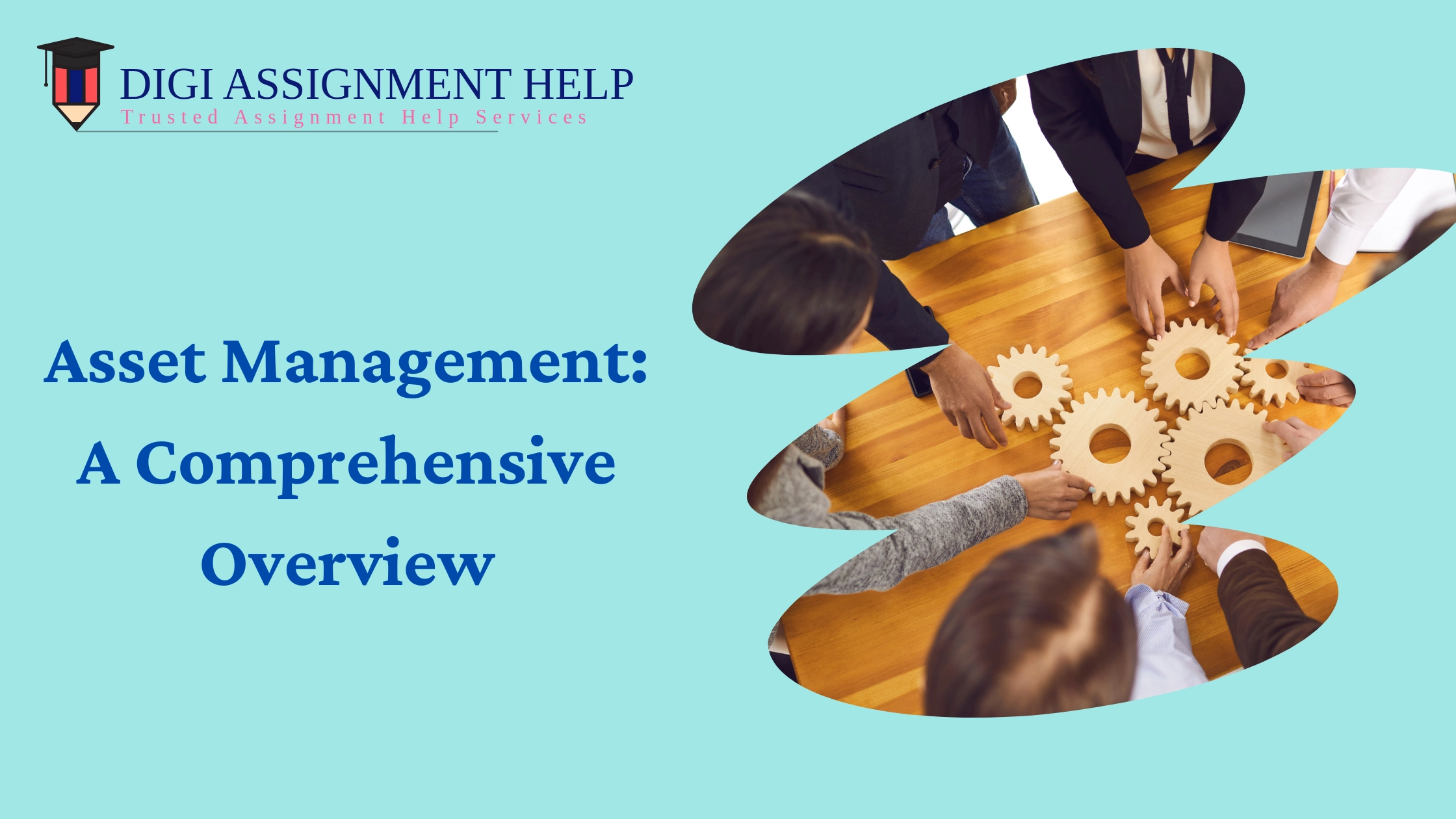Asset Management: A Comprehensive Overview
 17-Jun-2024 05:19 AM
17-Jun-2024 05:19 AM

Any company strategy has to include asset management. It is the systematic procedure of saving money while establishing, maintaining, and selling assets. This step is necessary to get the most value out of investments over their whole life.
Learning about the details of managing assets can help you make smarter choices and do better financially.
Understanding Asset Management
Planning and executing plans for a company's physical and intangible assets is called asset management. Tangible assets include things like property, equipment, and tools. Additionally included are intangible assets such as digital assets, brand image, and intellectual property.
The main objective is to minimize expenses and risks while optimizing the value and efficiency of these assets.
Types Of Assets
There are different kinds of assets. Each needs a different management strategy to get the most out of their value and success.
-
Physical Assets: These include buildings, roads, machinery, cars, and other tools and equipment. For example, an Australian business that makes things might need to keep track of its production equipment. It can help make sure that there is high productivity and little downtime.
-
Financial Assets:Inside this category are stocks, bonds, and other financial assets. Spreading their assets is a way Australian investors frequently attempt to balance risk and return.
-
Digital Assets: These include data, digital records, and intellectual property. They are becoming more and more critical in the digital age. Businesses in Australia are paying more attention to how they handle digital assets. This is because of the increased dangers of online use and the need to make data-based decisions.
-
Human Assets: The skills and knowledge of employees are critical. Australian companies can keep their best employees because they have good management. It also helps make the workplace more productive.
The Asset Management Process
To increase asset value, it is essential to understand how asset management works. Besides that, it helps Australian businesses run more smoothly.
-
Asset Identification And Inventory:The first step is to find all the items and list them. It includes making an inventory with information about each object's state, location, and worth. An Australian energy company, for instance, might keep a complete database of its assets. Power wires and substations may be part of this.
-
Asset Valuation:Knowing how much an item is worth is essential for financial reporting and making decisions. This step involves figuring out how much goods are worth on the market right now. AASB 116 is one example of a financial standard that companies in Australia often follow. These tell us how much land, business, and equipment are worth.
-
Maintenance And Operations:Maintaining and running things efficiently ensures they last as long as possible and work at their best. For example, Australian mining companies put a lot of money into keeping their tools in good shape. It can help keep things safe and avoid expensive breakdowns.
-
Risk Management:A big part of managing assets is finding and reducing the risks that come with them. It can include getting insurance, having frequent checks, and following safety rules. More and more Australian companies are using complete risk management systems. It helps them keep their investments safe from natural tragedies and changes in the market.
-
Disposal And Renewal:When assets reach the end of their cycle, you must change them or throw them away. It includes choosing whether to sell, recycle, or use assets for something else. For example, Australian tech companies may recover old gear to follow environmental rules and reach sustainability goals.
Benefits Of Effective Asset Management
Good asset management improves working efficiency, makes things last longer, and ensures they follow the rules.
-
Cost Savings:When you handle your assets well, you can save a lot of money by cutting down on repair costs. It can help keep assets from breaking down and get the most out of them. For instance, Australian airlines can reduce unplanned downtime and fix costs using a proactive maintenance approach.
-
Improved Performance:Assets that are well-managed work better. It makes people more productive and better at what they do. For example, Australian farm companies that want to get the most crops out of their land keep their equipment in great shape.
-
Enhanced Decision Making:Judgments become more accessible when you know the truth and are current about your holdings. Australian buyers and enterprises may purchase, invest, and sell assets intelligently.
-
Regulatory Compliance:Following local rules and laws is easier when you have good asset management. For example, Australian businesses have to follow rules about the environment. Correct asset management may keep you out of legal hot water and fines.
Conclusion
A strong plan is necessary to maximize the potential of your assets and achieve long-term success. Businesses and people in Australia can gain a lot by learning about and using comprehensive asset management techniques.
For people who want to learn more about asset management or need help with tasks related to it, Digi Assignment has experts who can help you do well. Digi Assignment is the place to go when you need specific information or helpful advice. They can help you do well in school and your asset manager career.
Top Blogs













.webp)
.webp)












